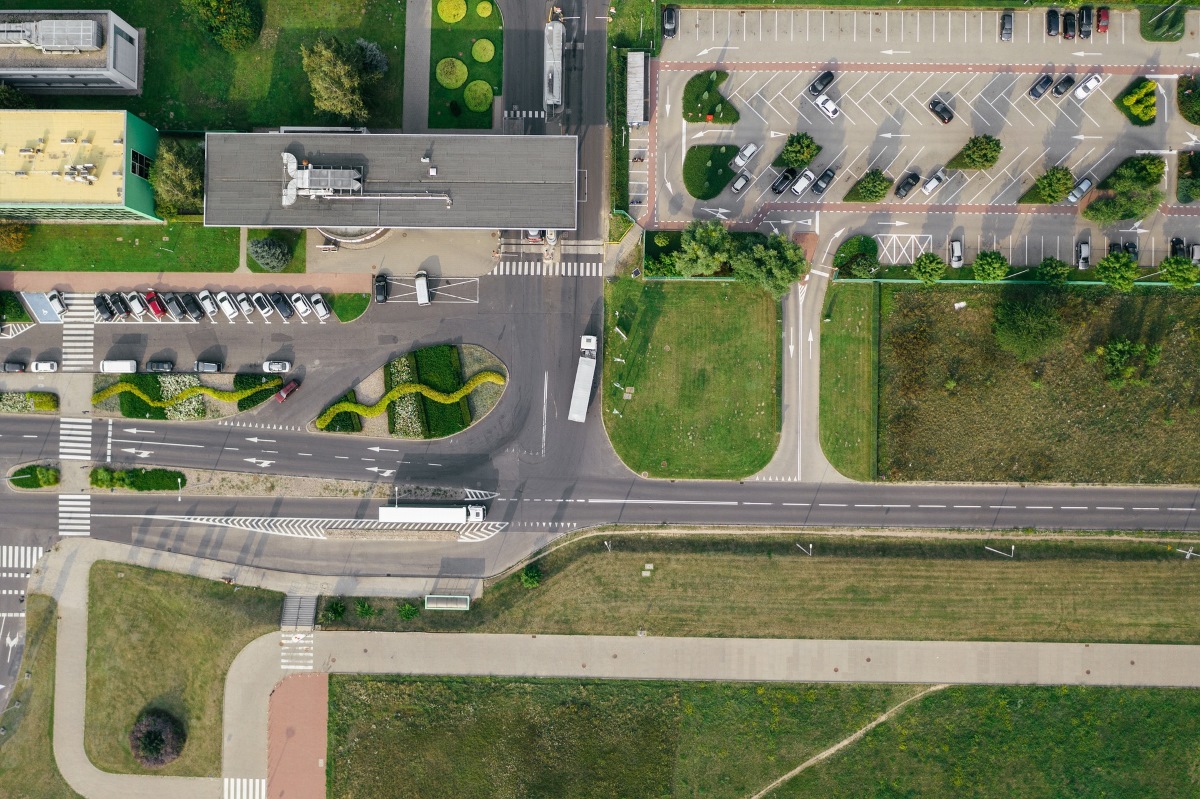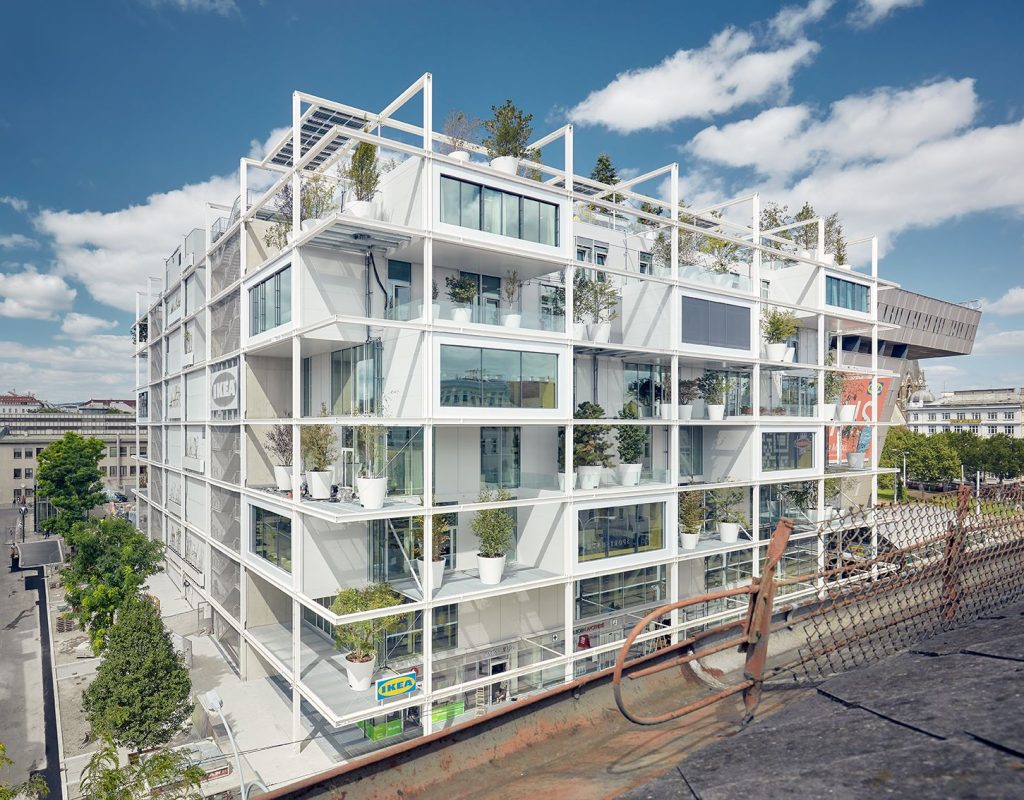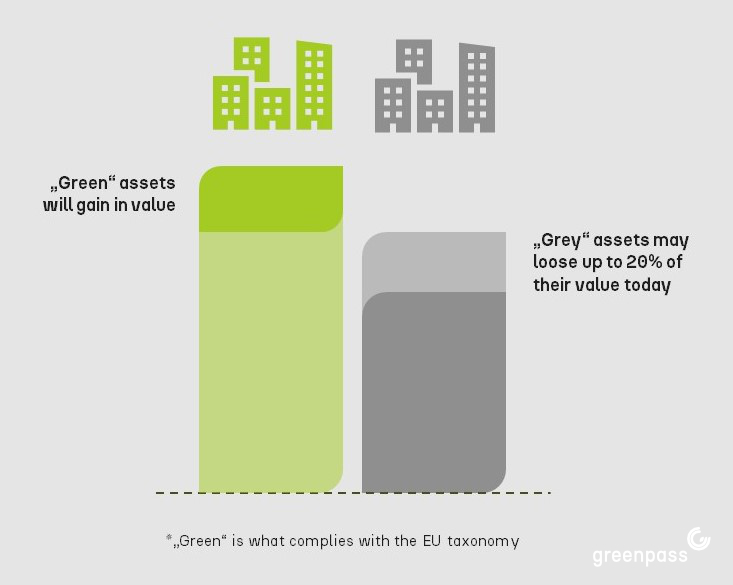
Sustainable and climate proof logistics real estate
Planning of effective and cost-efficient measures for sustainable and climate resilient commercial and logistics properties
Why it is important
Increasing land sealing leads to local overheating, affects the water cycle and exacerbates biodiversity loss. Logistics real estate, due to its technical characteristics and function, is usually associated with significant land consumption and soil sealing. Innovative measures can reduce or even prevent the negative impacts of land use.
Solutions
When planning sustainable and climate resilient logistics real estate, both building-related measures and open space-related measures are important:
- Building-related measures reduce the environmental footprint by lowering CO2 emissions through optimized energy systems, self-sufficient electricity production and the use of sustainable materials.
- Open space-related measures provide climate resilience through adaptation measures such as greening and evaporation opportunities to improve the microclimate. Likewise, the protection of biodiversity is an important task and prerequisite for a functioning ecosystem and thus a central factor for the likelihood of human survival.
Attention
It is important that the entire life cycle is considered in order to ensure sustainability. In addition to the ecological footprint during the construction or renovation of the property, the ongoing operation must also be taken into account during the planning phase. Likewise, it should be considered in advance whether the materials used can be reused after deconstruction.
Certifications
In order to make sustainable logistics real estate plannable, assessable and comparable, the use of planning tools and certification systems is essential. Certifications (building and climate resilience certifications) support the achievement of confirmed sustainability quality. Greenpass provides an international certification standard for climate resilience which is combinable with other green building certifications like BREEAM, LEED, DGNB/ÖGNI, klima:aktiv. The greenpass Certification Module enables the assessment and a cost-efficient as well as effective optimization of climate resilient real estate.
Best practice example
The IKEA at Westbahnhof Vienna is an innovative furniture store which cools the neighbourhood by up to -1.5°C on a heat day. The 160 trees on the facade and the roof noticeably influence the microclimate. The Award winning store impresses also with a contemporary and future-proof mobility concept. With an excellent connection to the public transport network, it manages entirely without parking spaces. In addition, as a good neighbor, the building offers a publicly accessible and green roof terrace.

IKEA Westbahnhof
Future-proof furniture store
Building with approx. 0,4 ha
Customer: IKEA Austria
Completion: 2021
Architecture: querkraft
Landscape architecture: Kräftner Landschaftsarchitektur
Climate resilience: greenpass
Guide
Successful examples and several experiences of how a climate and energy efficient future of logistics real estate can look like are explained in detail in the guide “Nachhaltige Logistikimmobilien” (in german). This guide was developed by greenpass together with the Austrian Ministry of Climate Protection. It also includes a comprehensive catalog of measures with ideas for solutions. The guide is intended to provide impetus and assistance in reducing the ecological footprint of logistics real estate.
If you would like to learn more about sustainable logistics real estate and/or make your commercial or logistics property climate resilient, please contact us.

Sustainable logistics real estate
This guide covers the challenges, legal framework, examples, a case study and experiences on climate resilient and energy efficient logistics real estate including concrete action guidance with illustrated solutions.





